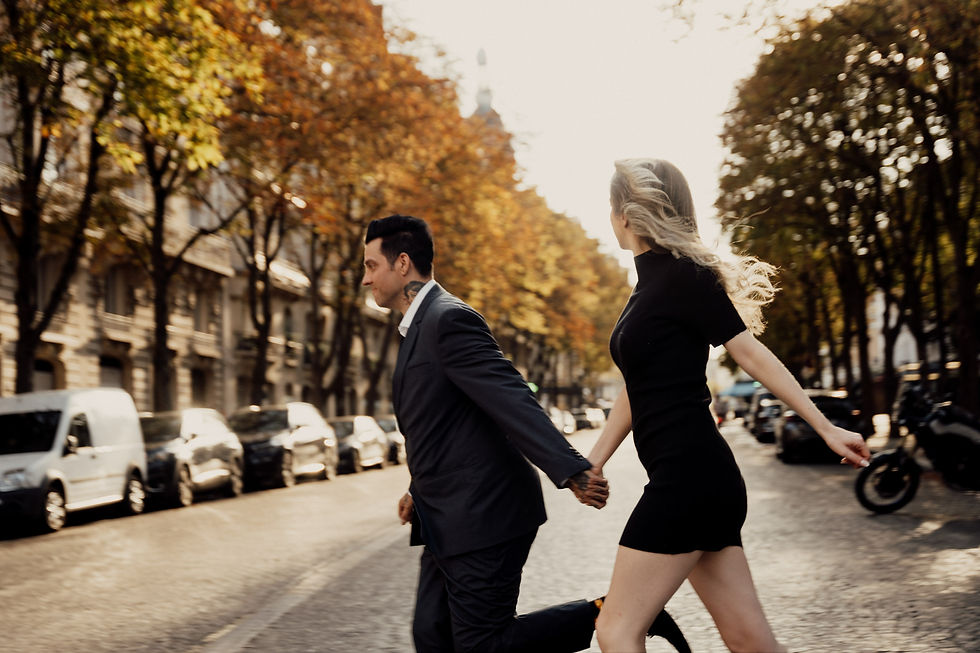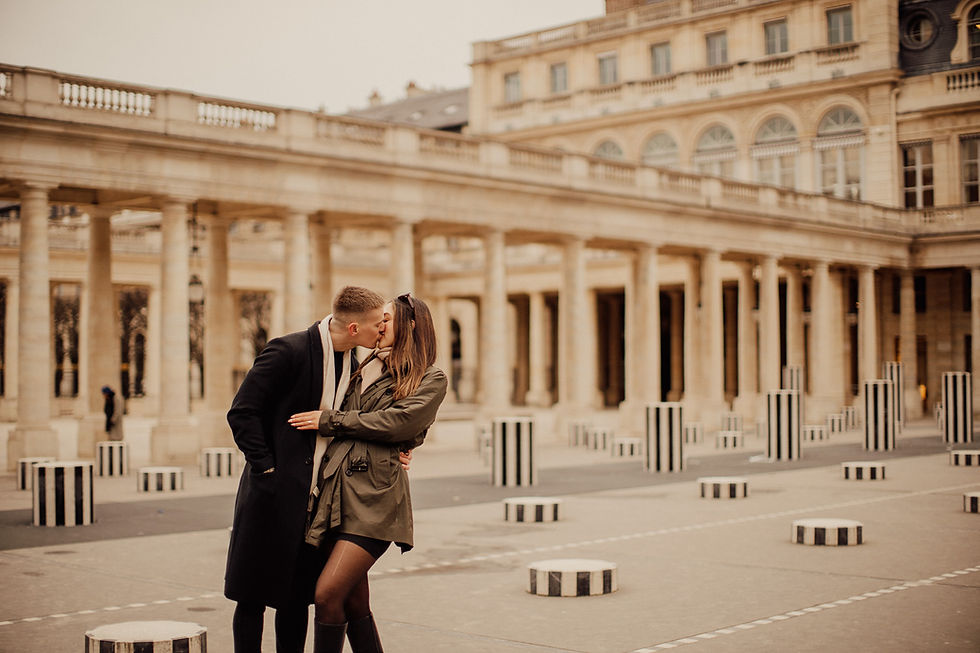
When it comes to outdoor photography, choosing the right time of day is essential for capturing the best shots. Whether you're a professional photographer or just capturing memories with your smartphone, understanding the best time for outdoor photography can help you get the results you're looking for. In this post, we'll explore the different times of day and lighting conditions that work best for outdoor photography.
Golden Hour

One of the most popular times for outdoor photography is the "Golden Hour." This refers to the hour after sunrise and the hour before sunset when the light is soft, warm, and diffused. During this time, the sun is low on the horizon, which creates beautiful shadows and a warm glow that can make your photos look stunning. Some photographers even consider Golden Hour the "magic hour" because it can create such beautiful and atmospheric shots.
To check the exact sunrise or sunset time, check out this website.
Blue Hour

Blue Hour is another popular time for outdoor photography, which occurs in the hour before sunrise and the hour after sunset. During this time, the sky takes on a beautiful blue hue that can create a unique and moody atmosphere in your photos. It's also a great time for capturing cityscapes or architecture, as the lights of buildings create a beautiful contrast against the blue sky.
Overcast Days

While bright sunny days might seem like the perfect time for outdoor photography, overcast days can actually provide a beautiful soft light that can be ideal for certain types of photos. The soft, diffused light can create beautiful, even tones in your shots, and there are no harsh shadows to deal with. Overcast days can also be a good time to experiment with black and white photography, as the lack of color can create a beautiful, timeless feel in your photos.
Avoiding Harsh Light
Harsh light, such as the light on a bright sunny day, can create strong shadows and be difficult to work with in outdoor photography. It can be challenging to avoid harsh light entirely, but there are some tips you can follow to make the most of it. For example, you can try shooting in the shade or using a reflector to bounce light onto your subject. You can also try using the shadows creatively to create interesting compositions and add depth to your photos.
Seasonal Considerations

Different times of day work better for outdoor photography depending on the season. During the winter, for example, the sun is lower in the sky, so you may have more opportunities for Golden Hour shots throughout the day. During the summer, you may need to plan your shoots earlier in the morning or later in the evening to avoid harsh light. It's also important to consider the weather and conditions in each season. In the fall, for example, you can capture beautiful autumnal colors, while in the spring, you can capture flowers in bloom.
In conclusion, understanding the best time for outdoor photography can help you capture beautiful, memorable shots. From Golden Hour to Blue Hour, overcast days to seasonal considerations, there are many factors to consider when planning your outdoor photoshoots. Experiment with different times of day and lighting conditions to see what works best for you and your photos.
Comments